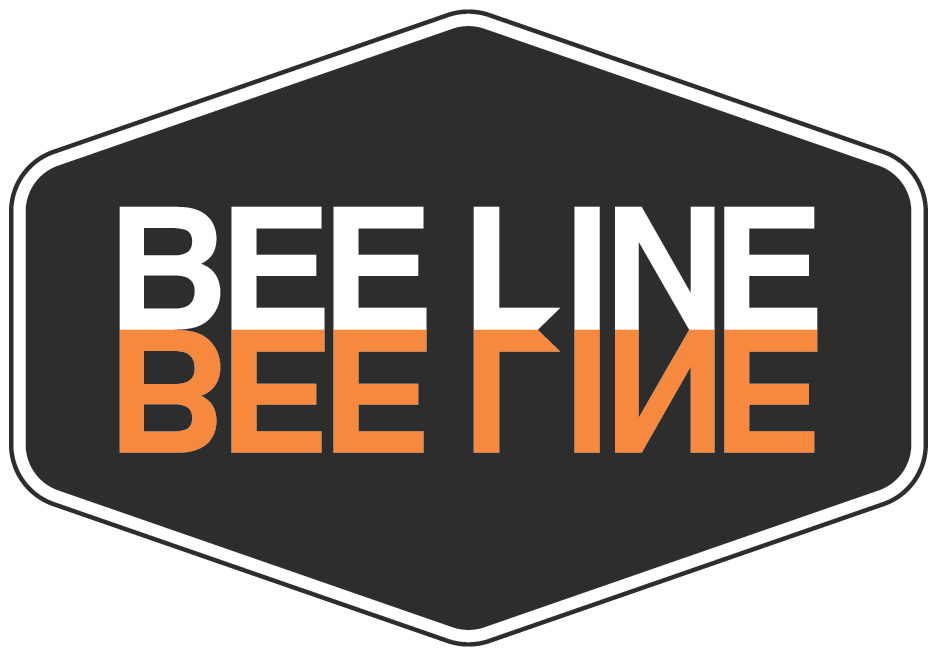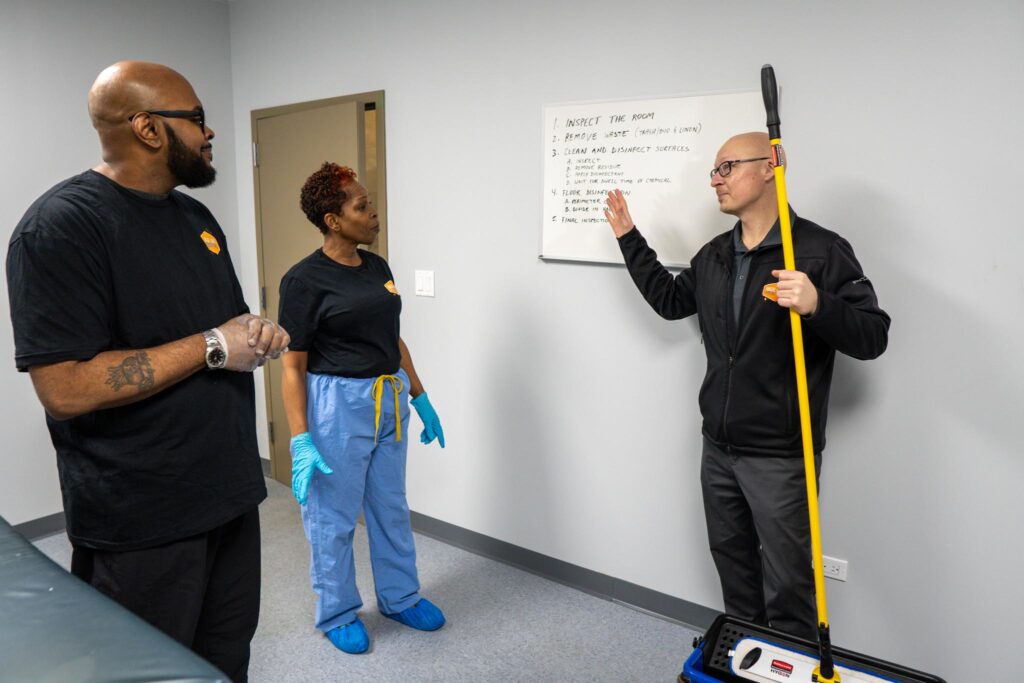When it comes to quality of care, infection prevention, operational efficiency, and regulatory compliance, hospitals, clinics, and other healthcare facilities are held to exceptionally high standards. After all, lives are at stake! To ensure those standards are maintained, the majority of healthcare facilities in the United States, including hospitals, submit to an onsite Joint Commission Survey once every 36 months.
While these onsite accreditation surveys are intensive affairs, a visit from the Joint Commission doesn’t have to set off a mad scramble. By making an effort to prepare well in advance, healthcare administrators can ensure their facilities are always safe for patients and spare themselves and employees immeasurable stress and anxiety.
About the Joint Commission: An Overview
The Joint Commission is the nation’s oldest and largest standards-setting and accreditation organization for the healthcare industry. Since its founding over 70 years ago, it has earned a reputation for promoting patient safety and quality improvement that ensures safe and effective care of the highest quality and value.
The Joint Commission’s accreditation surveys evaluate healthcare facilities based on a set of rigorous standards and criteria and serve as a critical tool for ensuring patients receive safe, effective, and high-quality care. While submitting to a survey is voluntary, accreditation by the Joint Commission signals to the public that a facility is a quality institution with a strong commitment to patient care.
The Joint Commission currently accredits and certifies more than 22,000 healthcare organizations and programs in the United States, including hospitals and healthcare organizations that provide ambulatory and office-based surgery, behavioral health, home health care, laboratory, and nursing care center services. Most facilities are accredited every three years, with the exception of laboratories, which are accredited every two years.
What to Expect from the Joint Commission Site Visit
The Joint Commission Survey process is designed to evaluate organizational compliance with the Commission’s own standards, as well as relevant standards from the Centers for Medicare and Medicaid Services (CMS) and the U.S. Occupational Safety and Health Administration (OSHA).
- OSHA standards focus on employee protection and cover serious safety and health hazards, including bloodborne and airborne pathogens, potential chemical and drug exposures, and other work-related hazards.
- CMS standards are the Conditions of Participation (CoPs) that healthcare organizations must meet in order to participate in the federal Medicare and Medicaid programs.
- Joint Commission standards are patient-centric and cover areas such as patient rights and education, infection control, medication management, and preventing medical errors. According to the Commission, these standards “are informed by evidence associated with structures and processes predictive of better care” and “focus on organizational systems and processes essential to the delivery of safe, high-quality care.”
Joint Commission surveys are always unannounced and conducted by highly trained experts, including nurses, hospital administrators, laboratory medical technologists, and other health care professionals. When the surveyors arrive, a facility will have between 30 and 60 minutes to gather the required documentation and inform staff that the survey is about to commence and what is expected of them. A series of briefings and conferences will be held to introduce the surveys and go over general safety procedures.
Once the preparatory steps have been completed, the Joint Commission surveyors will begin individual “Patient Tracers. This involves randomly selecting patients and using their medical records as a roadmap to evaluate and assess every aspect of their care. Based on the needs of the facility and the surveyors’ own discretion, the onsite visit might also involve competence assessments, a review of medical staff credentialing and privileging, an evaluation an emergency management, and one or more system tracers to assess data management, infection control, and medication management.
After the site visit concludes, a report of the survey findings will be provided, an exit briefing will be held with leadership, and an exit conference will be conducted for the entire organization. The surveyors will deliver their final verdict within two weeks to two months, with the facility receiving one of five accreditation levels:
- Limited Temporary Accreditation
- Accreditation
- Accreditation with Follow-up Survey
- Preliminary Denial of Accreditation
- Denial of Accreditation
Depending on the accreditation level received, the Commission could issue specific requirements for improvement (RFIs) that must be addressed in 60 days. They might also require additional follow-up via another survey. Facilities that receive a Preliminary Denial of Accreditation can appeal the decision, or they can work to improve issues noted by the surveyors and reapply for accreditation.
What Healthcare Facilities Can Do to Prepare
While preparing for an unannounced site visit might seem counterintuitive, there are a number of best practices healthcare facilities should follow to ensure they’re always prepared for the Joint Commission Survey.
- Stay On Top of Joint Commission Standards: The Commission updates its standards and publishes them regularly.
- Ensure Staff Are Aligned on Goals: All staff should know the standards relevant to their positions. Conducting regular safety meetings and prioritizing clear communication will help ensure employers are up to date and focused on providing consistent quality care.
- Establish a Survey Preparation Team: Designate a team responsible for coordinating all aspects of survey preparation. This team should include representatives from various departments to ensure a comprehensive approach.
- Review Documentation and Previous Survey Notes: Review past Joint Commission survey performance and ensure all required improvements were made. Create a documentation checklist and review it once every quarter to ensure all necessary records are in order.
- Conduct Mock Surveys: Simulate the survey experience by conducting mock surveys within the facility. This practice allows staff to become familiar with the process and identify areas that may need improvement.
- Review and Update Policies: Regularly review and update policies and procedures to align with the Joint Commission’s standards. Ensure that all staff members are aware of any changes and receive adequate training.
- Focus on Patient-Centered Care: Emphasize patient-centered care by involving patients and families in the preparation process. Solicit their feedback, address concerns, and showcase a commitment to providing a positive patient experience.
- Monitor and Evaluate: Implement a system for ongoing monitoring and evaluation of key performance indicators. This ensures that the facility remains in a state of readiness for the Joint Commission Survey at all times.
As the region’s leading medical-grade cleaning company, Bee Line Support helps hospitals, clinics, and urgent care facilities meet the high standards set by the Joint Commission. To learn more about our medical cleaning procedures, receive a quote, or reach our emergency services, contact Bee Line today by calling 312-BEE-LINE.
About The Author
Tom Klimaszewski
author
Tom is your go-to-guy for any health and safety concerns on-site! Tom has lots of experience as a Safety and Compliance Manager in commercial cleaning, healthcare, office, airport settings, with his education in Environmental Studies. He has earned his Certificate Mastery in Infection Prevention (CMIP) and Trainer for Certified Surgical Cleaning Technician (T-CSCT), so to say he’s knowledgeable would be an understatement. When he’s not combatting germs, you can find Tom painting, writing songs, hiking, fishing, and belting out his favorite tunes at karaoke! His favorite part of working with Bee Line is the collaborative and supportive environment.




